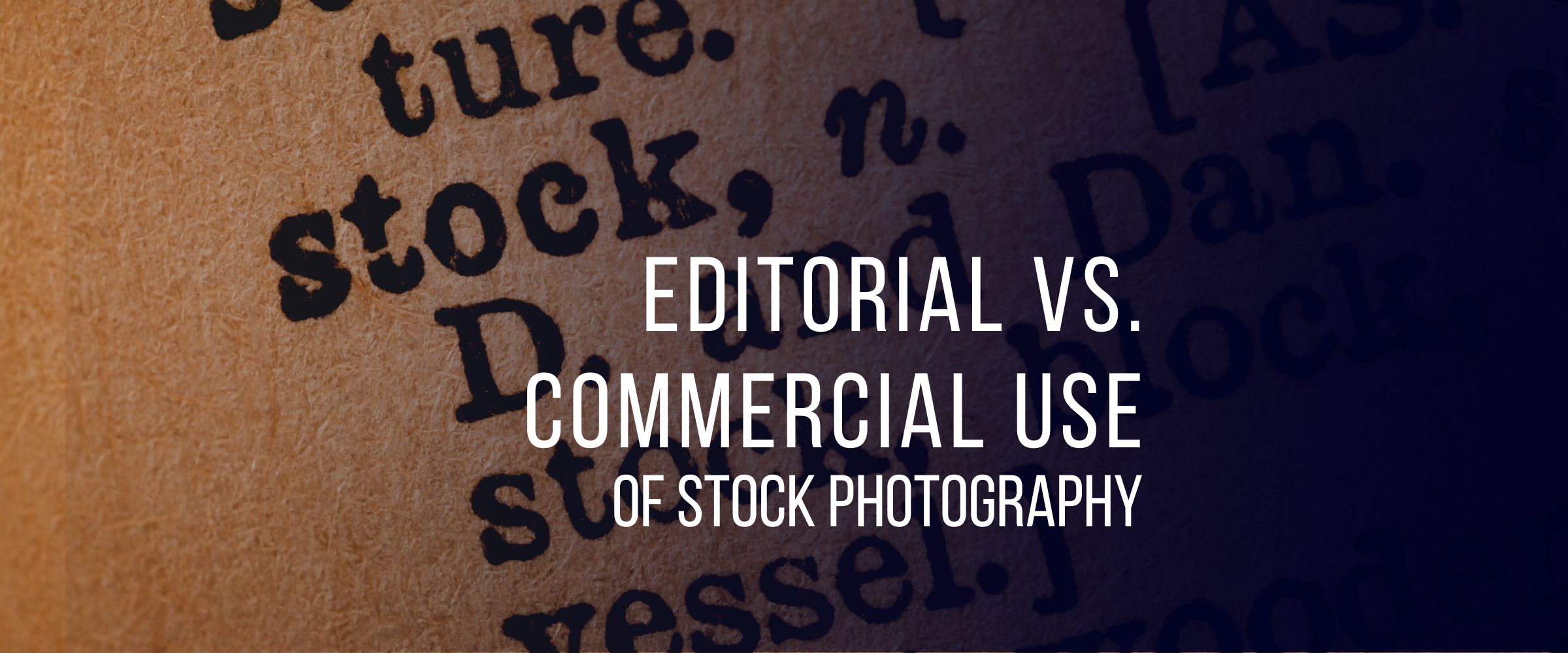When you need a photograph or video clip for a project, you have two options. Either you shoot it yourself, or use someone else’s photographs/videos. The more affordable route is to use pre-existing imagery. And the best and easiest way to source images is from a good stock footage website.However, you can’t use someone else’s photos without permission. You need to get the license to use the image or clip via a legal agreement. A license gives you the legal rights to use an image created by someone else.When you buy a license for a stock photo or clip, you don’t own the image. The photographer still owns it; you’ve just acquired the right to use the image in certain ways. The license agreement (or the terms of use) will specify how you’re allowed to use the clip or photo, by detailing the following:
- Whether the usage rights are exclusive or non-exclusive;
- The duration of the license;
- Where and how you’re allowed to use the image.
When you’re buying stock footage, it’s vital that you check how you’re allowed to use the photo or clip. The type of use usually falls into one of two categories: editorial or commercial.
Editorial Photography: Meaning & UsesNews publications often use stock imagery to help tell a story or educate readers. Editorial images run alongside the text in an article, to create a specific tone or mood for the writeup. Meanwhile, an informational YouTube video might use stock clips to provide engaging visuals. A few examples of editorial use of photographs:
- Textbooks
- Editorial features
- Essays and journals
- Documentaries
- Blogposts
- News Broadcasts
Commercial Photography: Meaning & UsesCommercial photography is used promote and market products or services. Here are some examples of commercial use of photographs:
- Movies and Television
- Advertising campaigns in print and digital media
- Corporate Presentations and Brochures
- Product packaging
- Marketing and Business promotions
- Commercial Websites
- Products for retail use (T-shirts, Books, Book Covers, etc.)
- Branding
How Does a Model Release Help in Commercial Usage?If you’re planning to use a photograph for commercial purposes, and it contains branded products, recognizable people, or private property, then you’ll need a release form before you can use it. Model release and property release forms serve as legal agreements between the client, the photographer, and the subjects of the image.These forms specify where the images might be published, and how they might be used. If the photographer hasn’t arranged these forms, then you can’t use editorial images for commercial purposes.If an image contains copyrighted logos, recognizable branding, identifiable faces or a restricted/private property, and there is no model release form, it will be restricted to editorial use only. So when buying footage for commercial purposes, check that the form is available.All reputable stock photography sites ensure that the photographer has obtained the appropriate release forms, when selling footage for commercial purposes. Think of it as insurance – this way you’re assured that you have full rights to use the image in commercial ways without any legal risk, and don’t have to get release forms signed yourself!Interested in buying stock photos and videos for your news channels, ads, or social media feeds? Start browsing! And if you’re still confused about licenses, drop us a mail at hello@34.100.129.6 .









